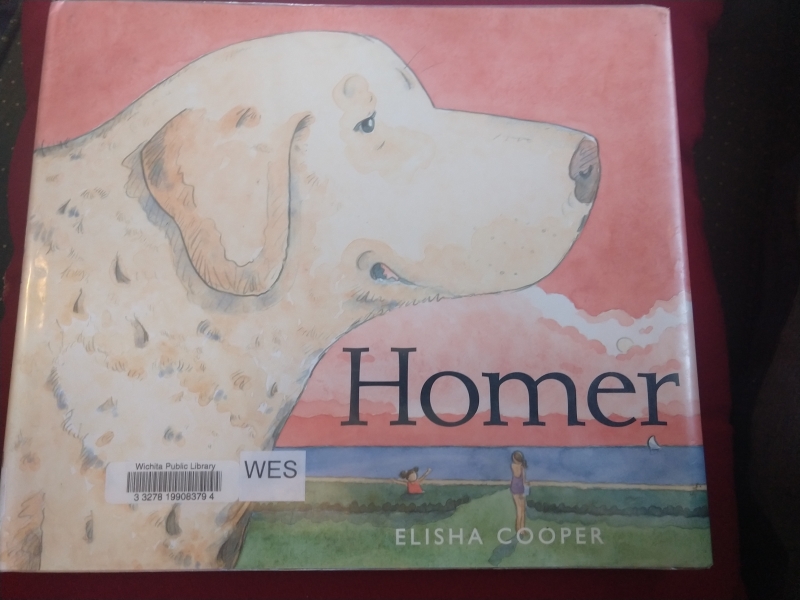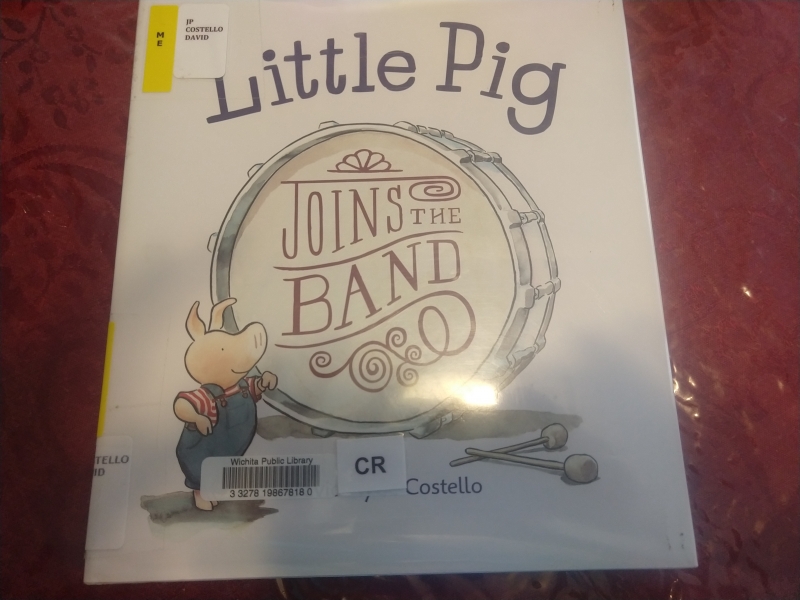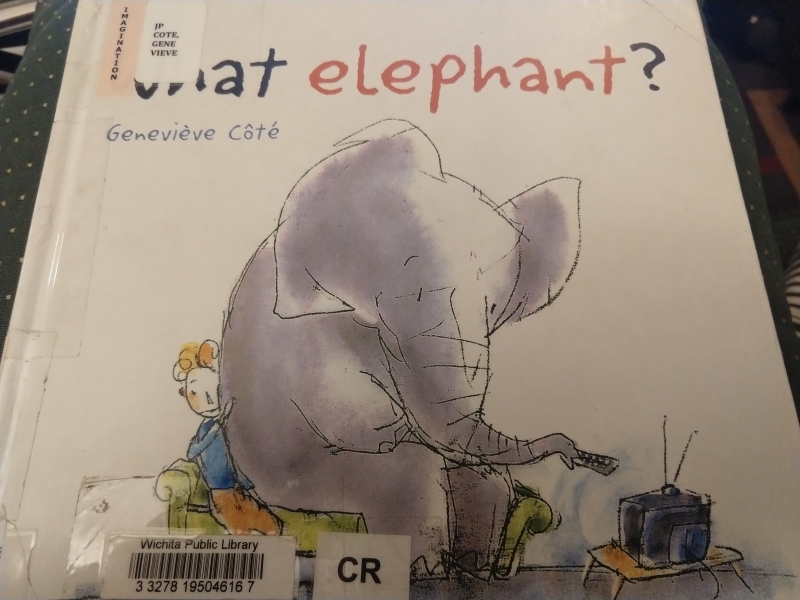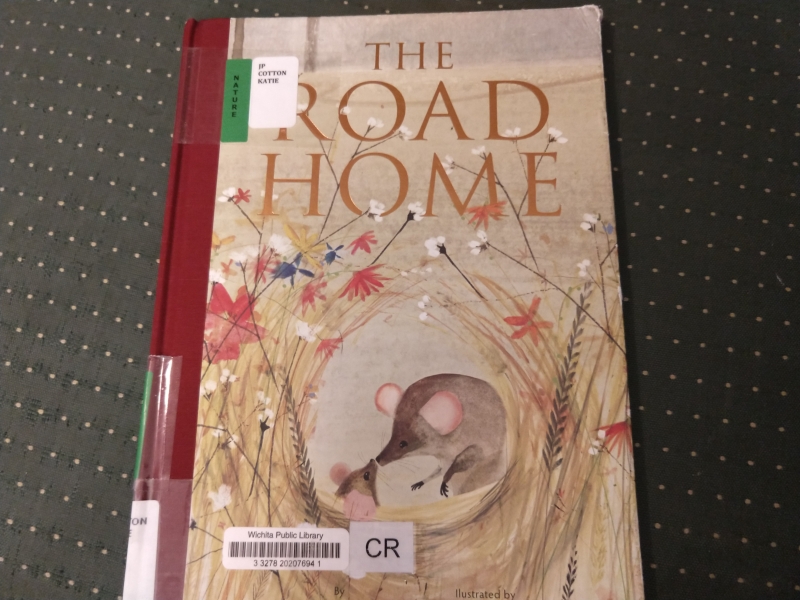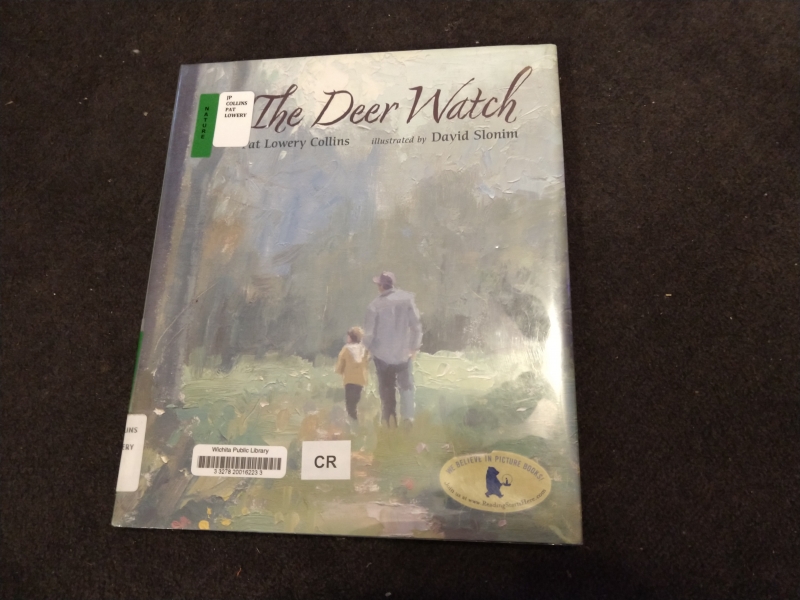Coronavirus is on everyone’s mind – or so it seems.
Scrolling through Facebook reveals the diversity of viewpoints. There are the preppers who are telling everyone “I told you so.” There are the antivaxxers eager to claim conspiracy theories and sell you on elderberry syrup, Vitamin C, and essential oils (sorry folks, not gonna help). There is the “stop freaking out and just wash your hands” contingent who urge common sense. And there are, of course, those who compare COVID to the flu and wonder why nobody freaks out about flu.
I agree wholeheartedly with the advice to not freak out. I agree to wash hands. I agree to stay home when you’re sick. These are common sense measures to be sure.
But with something like COVID, there’s a lot we don’t know. We don’t know how contagious it is. We don’t know when someone is contagious. We don’t even have a clear idea of what mild but contagious looks like. Most of all, we have no idea whether it’s present in our communities and where – and, under current screening guidelines, we won’t know unless someone travels to an endemic area or gets seriously ill.
And that is a problem.
It’s springtime in Kansas, which means it’s the time that Garcia family allergies kick into high gear. Sneezing, coughing, runny noses. Par for the course. But what if this year, allergies and mild or asymptotic COVID (which are reportedly likely in people of our risk profile) are comingled in our family? We could be exposing everyone we see even if I’m taking ordinary “sensible” measures to control allergies.
Thankfully, or not, depending on your perspective, whatever we’ve got is definitely not just allergies. We’ve got fevers along with our coughing. Which means we might have a common cold, we might have influenza (with the flu shots we all got at the beginning of the season explaining our relatively mild cases), or we might have COVID.
Wisdom regarding influenza says stay home until you’ve been fever free for 24 hours without the assistance of fever reducers. But we don’t know much about COVID transmission. We do know that it spreads relatively easily, and in some cases asymptomatically.
So when will it be safe for our family to venture into the wild without putting others at risk? Who knows.
But unless one of us gets seriously ill and has to receive medical treatment (which is less likely since the majority of young, otherwise well people only experience mild cases of COVID), we don’t qualify for testing. Which means we’ve got to assume that it’s COVID and just not do anything?
There isn’t guidance for people like us, people who aren’t particularly concerned for themselves but who would really rather not be a specter of death to their communities.
COVID is just a whole lot more nuanced than the viral Facebook posts and snappy memes would lead you to believe.
There aren’t any easy answers because there’s a whole lot we don’t know.

